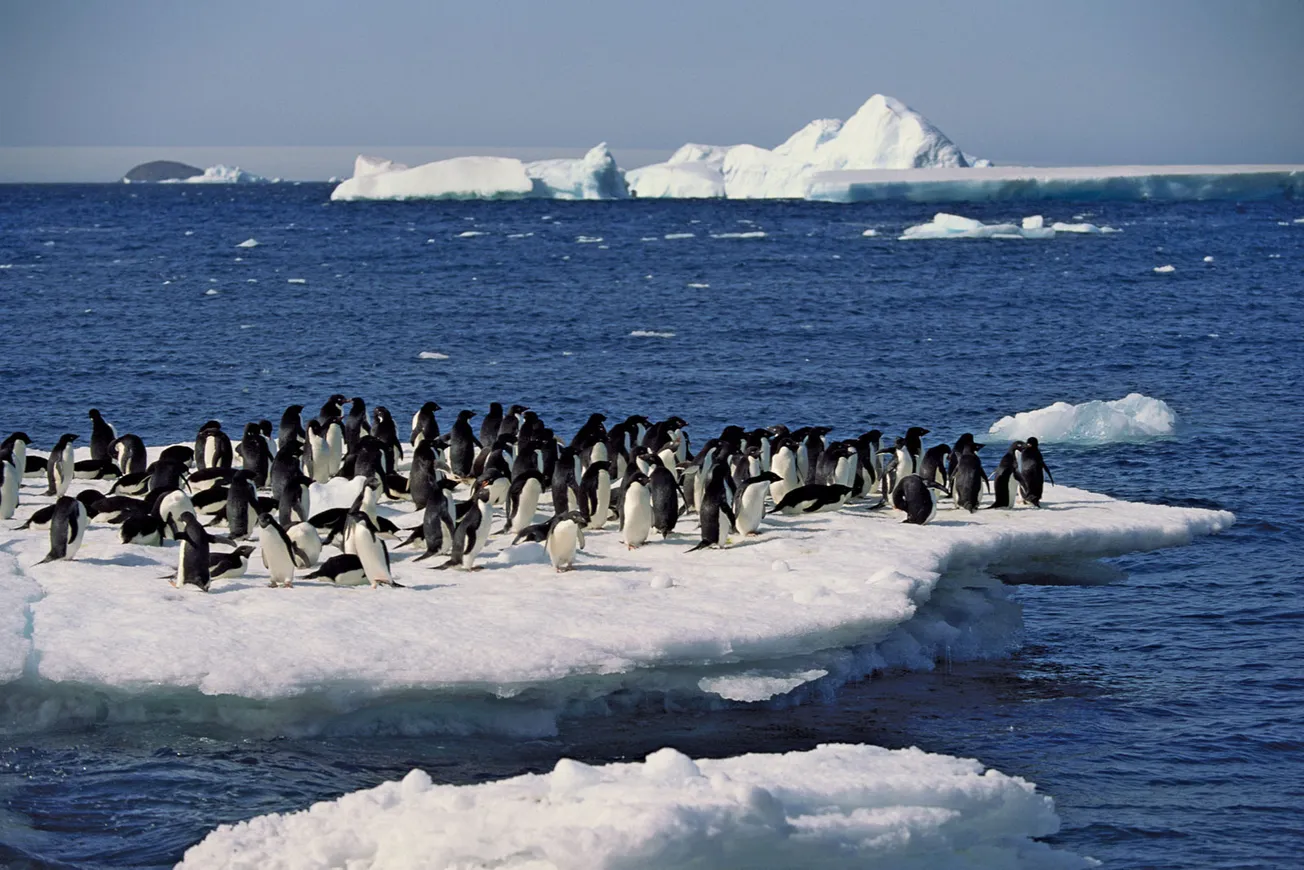Is more sea-ice in Antarctica a good thing or a bad thing? Seems like the answer depends on who you ask. Scientists have “asked” the Adelie penguins and gotten a surprising answer.
Population trends and breeding success variability of Adélie penguins, a bioindicator of Antarctic environments, have been attributed to changing sea-ice extents; however, causative mechanisms remain unclear. By electronically tagging 175 penguins in four seasons with contrasting sea-ice conditions, we show that ice-free environments enhance, not deteriorate, foraging efficiencies and breeding success. In an ice-free season, penguins traveled by swimming rather than walking, leading to larger foraging areas, shorter trip durations, and lower energy expenditure than three ice-covered seasons. Freed from the need to find cracks for breathing, dive durations decreased, and more krill were captured per unit dive time, which may also be associated with phytoplankton blooms and increased krill density in the sunlit ice-free water. Consequently, adult body mass, chick growth rates, and breeding success increased. Our findings explain the regional population trends and demonstrate a key link among sea ice, foraging behavior, and reproductive success in this iconic species.

If you enjoyed this BFD article please consider sharing it with your friends.









